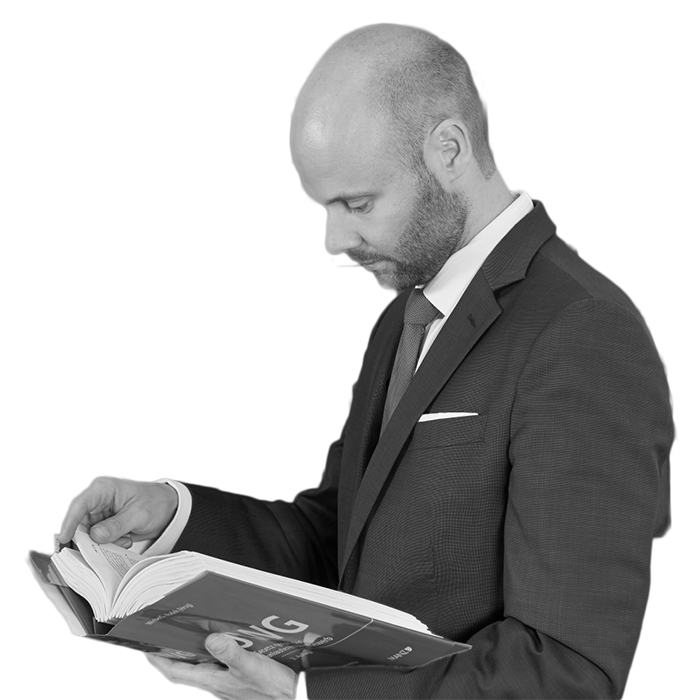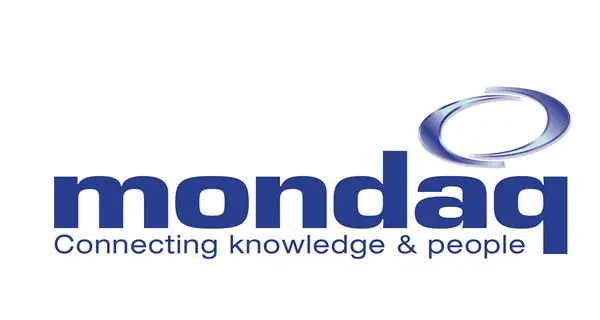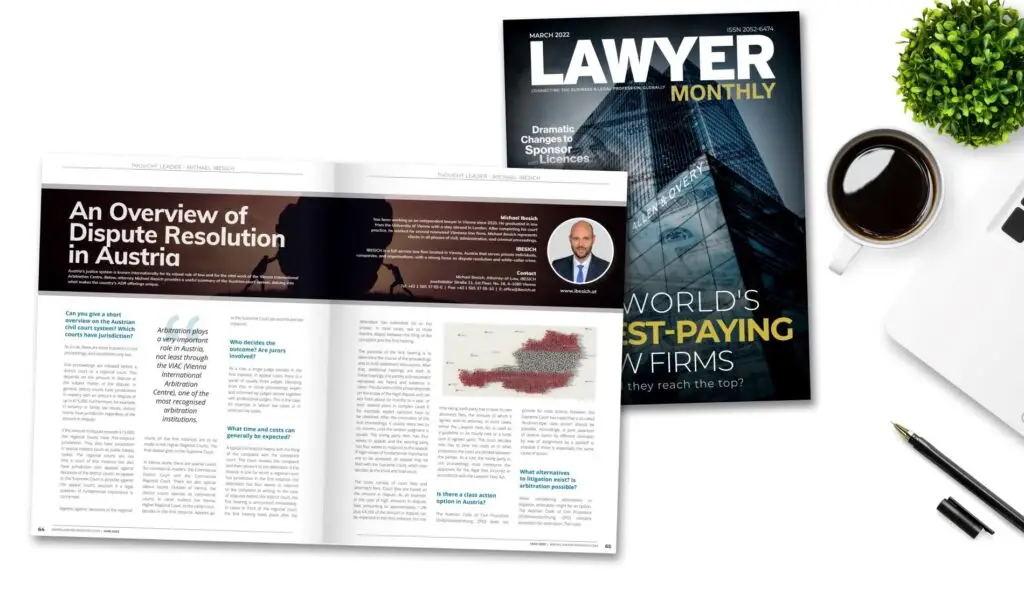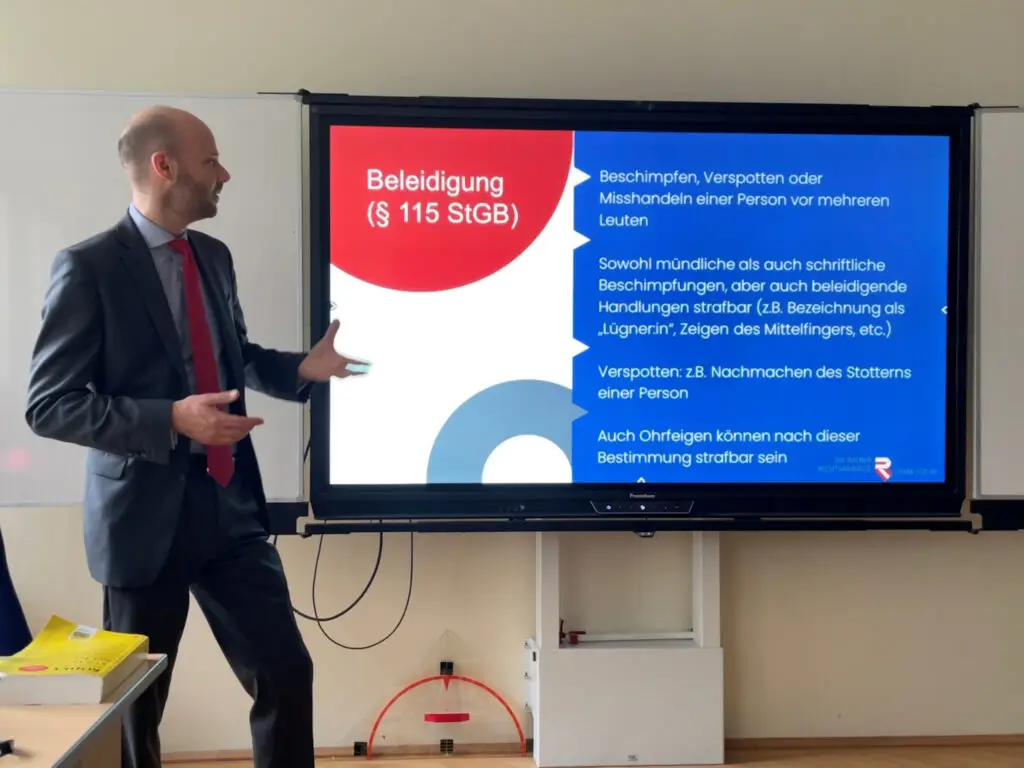- Filing of a lawsuit with subsequent examination of the lawsuit by the court:
Upon receipt of the lawsuit, it becomes pending in court. Once the action has been filed with the court, the court must examine the action to determine whether the prerequisites for the action (e.g. jurisdiction, capacity to sue and be sued) have been met and whether the provisions on form and content have been complied with.
If the court determines in the course of this examination that a procedural requirement is lacking, it has various options to proceed with, depending on the specific requirement in question. In some cases, an attempt to remedy the situation must be made before the action is dismissed, but the lack of most procedural requirements leads to immediate dismissal.
Even if formal or substantive requirements are present, the court must usually first issue an correction order and make it as easy as possible for the party to correct the defect.
- Service of the action on the opponent with an order to submit a written response:
If the court’s examination shows that the prerequisites for litigation are fulfilled, the action is served on the defendant together with an order to draft a response within four weeks and to submit it to the court. When the action is served on the defendant, the so-called pendency of the dispute (to be differentiated from pendency with the court) arises. With the pendency of the dispute, the legal relationship becomes three-sided and henceforth consists of the plaintiff, the defendant and the court. From this point in time, it is also possible for an intervening party to join the action.
- Oral hearing
Once the court has received the response, the oral hearing is scheduled, which consists of the preparatory hearing and the continued oral hearing. The parties are granted a minimum preparation period of three weeks. The oral hearing is the main and most important part of the first instance proceedings, as it includes the parties’ submissions, the taking of evidence and the discussion thereof.
The first hearing is called a preparatory hearing. It is used for the presentation of the parties, the discussion of the arguments and the attempt to reach a settlement. The trial program is also discussed and announced at the preparatory hearing. The trial program determines, among other things, which evidence is to be taken or when the next hearing is to take place.
Any further oral argumentation takes place in the continued hearing. In the course of the continued hearing, evidence is taken, and parties and witnesses are questioned. The parties may also file various motions (e.g. factual or evidentiary motions).
If the court is of the opinion that the legal matter has been fully discussed and the case is ready for decision, the hearing is closed by means of an order.
- End of the proceedings:
As a rule, the proceedings end with a judgment. However, there are also other ways of ending the proceedings—in particular, a court settlement or an agreement of perpetual suspension.






